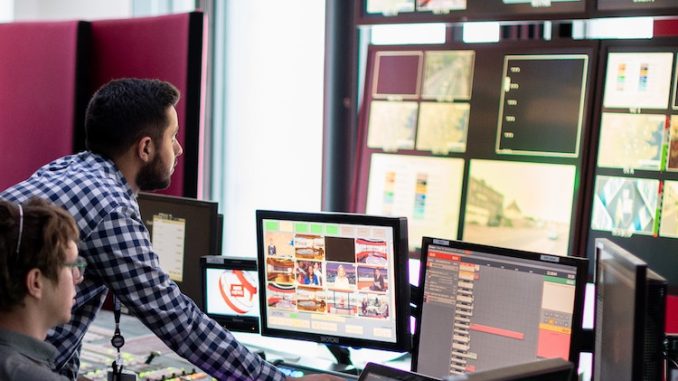
With a unified view of all activity, organisations can identify and respond to threats faster as well as fixing operational inefficiencies and gain new insights, writes George Moawad, Country Manager, Australia & New Zealand, Genetec.
Solving new problems with old solutions is seldom effective. Today’s threat actors try to exploit every weakness you have – both logical and physical. There is a clear connection between these two realms but continuing to manage them separately enables increased security risk and leaves you in danger of not detecting issues as they arise.
The threat environment of today intertwines digital and physical security. That connection doesn’t only mean there are two sets of systems to protect. It also introduces the link between the two as a potential weak spot. We can minimise phishing attacks with email and endpoint protection, and we can mitigate identity theft with multi-factor authentication. Unauthorised access to facilities can be stopped with locks, alarms, and cameras.
The challenge arises from integrating security systems through a unified view from which all risks and threats can be identified and responded to. This problem will only become more challenging as we add more devices to our networks. With IoT devices expected to number over 55 billion by the middle of the decade we’ll see an increasing overlap between the physical and logical words that will be harder than ever to defend.
When organisations get the building blocks of security integration appropriately with hardware made by trusted partners, secure access and management systems and a unified view of all security threats, they reap another significant advantage. They can detect and respond to inefficient and ineffective activities that are negatively impacting on the organisation. When you can easily detect and see everything that is happening, you can find new opportunities for efficiency.
“With IoT devices expected to number over 55 billion by the middle of the decade we’ll see an increasing overlap between the physical and logical words that will be harder than ever to defend.”
Organisations that move beyond the traditional siloed approach benefit from visualisation, intelligence, and insight-driven decisions and actionable information. Armed with a complete view of everything from ingress and egress from physical sites, understanding who is present physically and in systems and what facilities and systems are being used organisations are equipped to properly assess risk and find ways to improve their effectiveness.
When the barriers between logical and physical security are removed it is far easier to see risk through a business lens rather than a solely technical perspective. And a unified view fosters greater communication and collaboration between teams. The net result is that the chasm between physical and logical security is closed.
Penetration testers often lean into the disconnect between physical and logical systems. And once they can find their way through a door and gain physical access to an environment, they are greatly empowered to bypass other security controls. But when we integrate those controls through an intelligent system that can detect and alert you to anomalous activity it’s possible to stop those attacks in their tracks.
The unchallenged entry of a stranger matched with unusual system access is a strong sign that something is amiss. But if you’re only looking at security camera footage or system logs retrospectively, the attacker is likely to be gone before you know of a breach.
Today’s criminals use the same techniques as authorised penetration testers and employ the same sorts of tactics. They seek to exploit the gap between logical and physical security.
By no longer splitting physical and logical security into two discrete functions organisations are empowered to detect and respond to threats faster. And with a unified view of all activity, they can also find and fix operational inefficiencies and other issues they also gain new insights. Armed with a unified view of the entire organisation you can improve your defences and become more efficient discarding the silo approach.










1 Trackback / Pingback
Comments are closed.